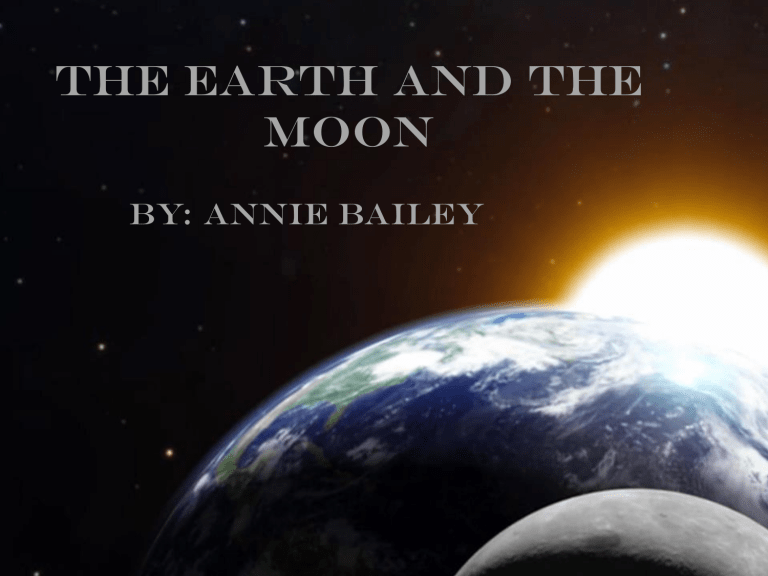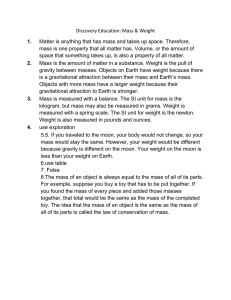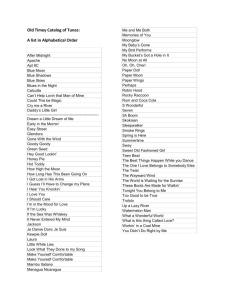The Earth and Moon

The Earth and The
Moon
By: Annie Bailey
Size
Moon
• The moon’s diameter is 3,478.8 kilometers.
Or 27% /about 1 fourth, the size of Earth.
Earth
• The Earth’s diameter is 7,918 kilometer
• It is 3 fourths larger than of the moon.
Landforms and Craters on the Moon
• The moon is more prone to craters because it has no atmosphere .
• The moon is believed to have been home of many volcanoes. Although, today the are no longer any known volcanoes that are active.
Landforms and Craters on the
Earth
• The earth has landforms such as mountains, rivers , oceans, streams and hills.
• The Earth has very few craters if any because it does have an atmosphere to help block craters.
Gravity
Moon
• The moon has 6x less gravity than the Earth.
• If you weigh 120 on Earth you would weigh 20 on the Moon.
Earth
• Earth has 6x more gravity than the moon which causes you to weigh more.
Weathering and Erosion
and erosion .
Moon
• The moon has no atmosphere so it has no weather or erosion.
Earth
• The Earth has an atmosphere and is constantly being changed by weathering
Water
Moon
• N.A.S.A has found some water on the moon although it is all believed to be in solid form.
Earth
• The Earth is made up of about
70%water,or 2/3. About 98% of the water on Earth 2% is fresh .
Weather and Atmosphere
Moon
• The moon has no atmosphere therefore it has very extreme temperatures and no weather to change the surface.
Earth
• The Earth does have an atmosphere therefore it does experience weather like rain, wind, snow, tornadoes, etc. The temperatures are also less extreme and more bearable for us.
Time to Rotate and Revolve
Moon
• The Moon takes 27.5 days to rotate on its axis and 29.5 days to revolve around the Earth.
Earth
• The Earth takes about 24 hours rotate on its axis and 365.25 days to orbit the sun.
Effects on Other Cycles
Moon
• The moons causes the tides with the pull of its gravity. Its gravity can raise the tides up to 3ft.
Earth
• The seasons are caused by
Earth being tilt on its axis either farther or closer to the Sun as it orbits the Sun.






